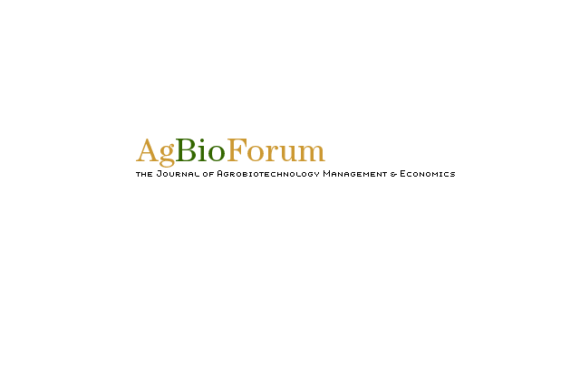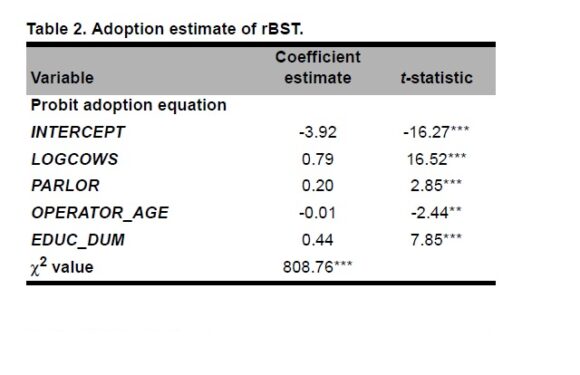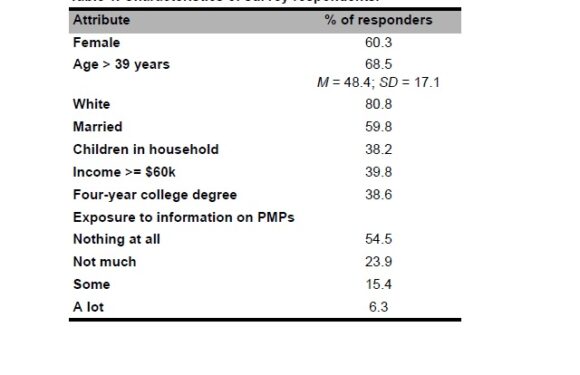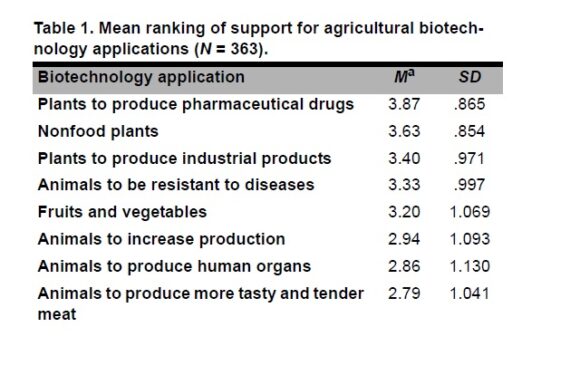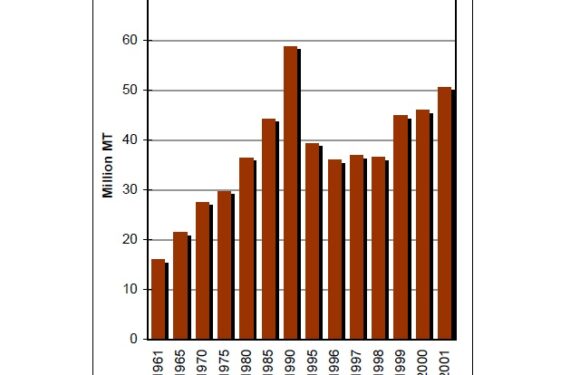Melinda SmaleInternational Food Policy Research Institute (IFPRI).Patricia ZambranoInternational Food Policy Research Institute (IFPRI).Mélodie CartelEcole Nationale Supérieure d’Agronomie de Montpellier. We assess 47 peer-reviewed articles that have applied stated economics methods to measure the farm-level impacts of Bt cotton in developing agriculture from…
